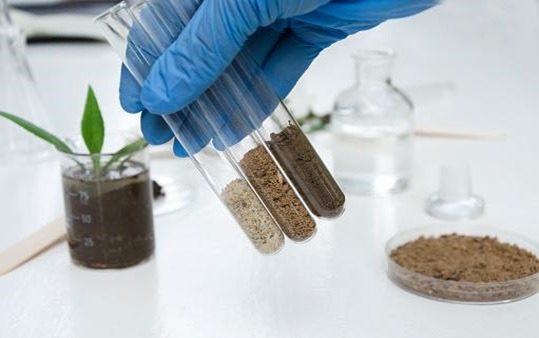Soil compaction testing plays an important role in understanding the strength and stability of a foundation before large-scale construction projects. But what exactly is soil compaction, and how do engineers use it to make sure that their buildings will still stand strong in the coming years? Get all the information you need on soil compaction test and the machines and methods used to ensure correct measurements in this detailed guide!
Understanding the Different Machines and Methods for Testing
Soil compaction is the process of using mechanical energy to increase the density of soils. While there are many reasons why you might want to compact soil, one common application is to prepare a site for construction. By compressing the soil, you make it more resistant to stress and better able to support heavy loads.
There are several different methods that can be used to compact soil, and each has its own advantages and disadvantages. In general, there are two main categories of compaction: static and dynamic. Static compaction is typically done with a weight or vibration, while dynamic compaction involves impact .
One of the most common methods of static compaction is vibratory rollers. This method uses a machine that applies pressure and vibration to the soil surface. The advantage of this method is that it is relatively fast and efficient. However, it can be difficult to control the amount of pressure that is applied, which can lead to over-compaction and damage to the soil structure.
Another common static compaction method is called rammers or tampers. This method uses a machine that repeatedly drops a heavy weight onto the soil surface. The advantage of this method is that it can be very effective in loosening tight soils. However, it can also be difficult to control the amount of pressure that is applied, which can lead to over-compaction and damage to the soil structure.
Dynamic compaction involves using machines that apply impact to the soil. Impact compaction is most commonly done with a drop hammer, which drops a heavy weight onto the soil surface at high speeds. Destressinization is typically done with machines that vibrate the soil surface at low frequencies and speeds. Both of these methods are effective in loosening tight soils, but they can also cause damage if too much pressure is applied.
Factors Affecting Test Requirements
There are several factors that affect the requirements for soil compaction test, including the type of material being tested, the desired compaction density, and the methods and machines used to test the soil. The type of material being tested will dictate the amount of force required to compact the soil properly.
For example, clay soils require more force to compact than sand soils. The desired compaction density is another important factor to consider when determining test requirements. This is because different densities require different levels of compaction effort.
Lastly, the methods and machines used to test the soil can also affect the requirements for testing. For instance, using a vibrating plate compactor versus a hand-operated tamper will create different compaction results and therefore may require different amounts of effort to achieve the desired density.
Utilizing Various Compaction Testing Methods and Soil Test Equipment
There are many factors to consider when choosing the right compaction testing method and soil test equipment for a project. The following is a guide to the most common methods and equipment used for testing soil compaction:
- Proctor test: This is the most common type of compaction test and is typically performed with a Proctor hammer or penetrometer. The test involves compacting a soil sample in a mold with a specified amount of force and then measuring the resulting density of the sample.
- Fall cone test: This test is typically performed with a fall cone apparatus. The test involves compacting a soil sample in a mold with a specified amount of force and then measuring the resulting density of the sample.
- Standard Penetration Test (SPT): This test is typically performed with an SPT hammer. The test involves driving an SPT rod into the ground at a specified depth and then measuring the resistance of the soil to penetration.
- Plate load tests: These tests are typically performed with a plate load apparatus. The test involves loading a plate onto the surface of the soil and then measuring the settlement of the plate over time.
Conclusion
When it comes to soil compaction, there are many different methods and penetrometer for soil testing. Each method has its own advantages and disadvantages, so it is important to understand all of the options before choosing a method.

